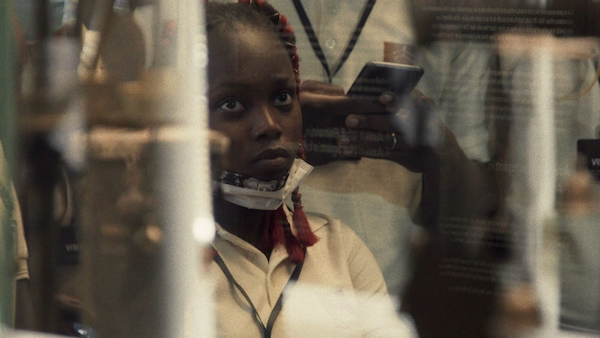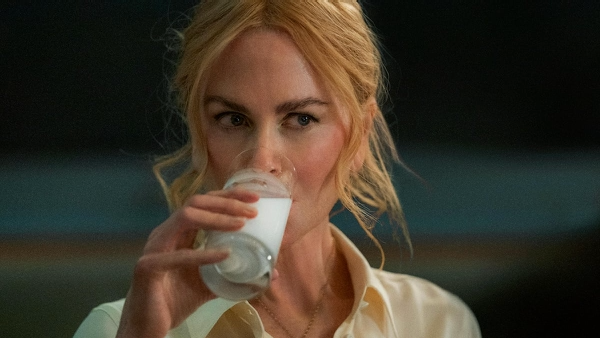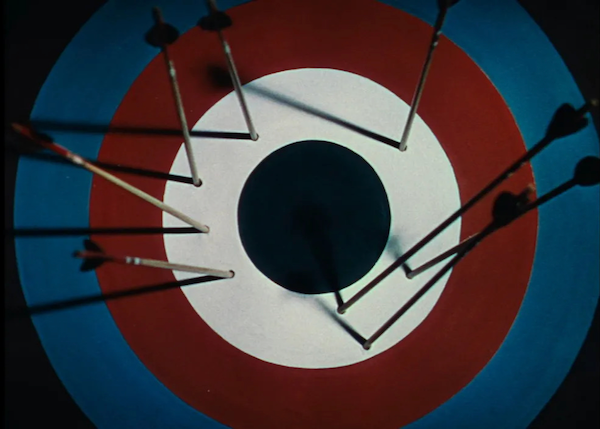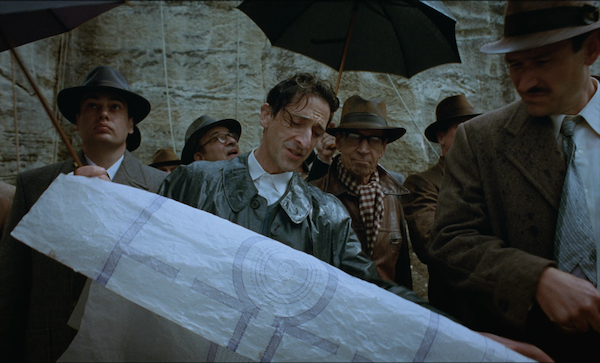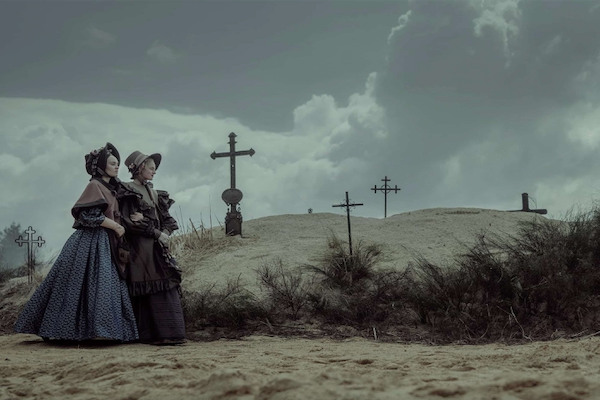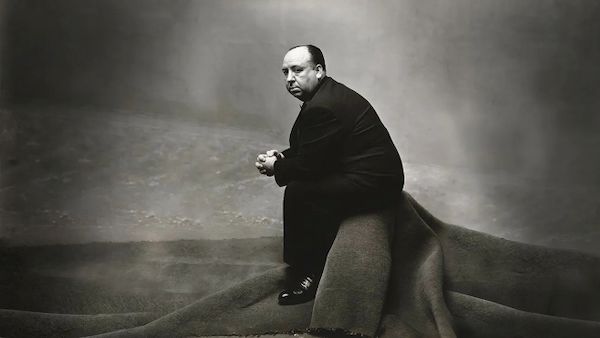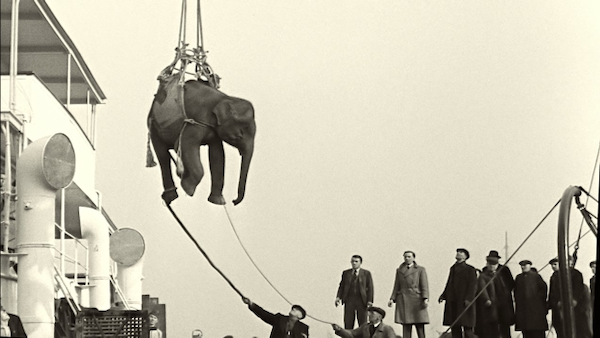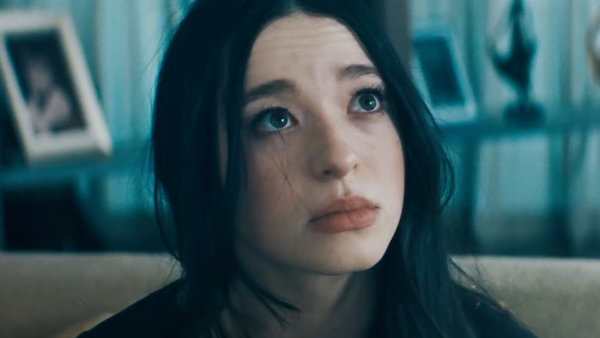Movie review by Greg Carlson
The Paris-born filmmaker Mati Diop made a major splash in 2019 with the fascinating feature “Atlantics,” which received the Grand Prix at Cannes. A supernatural reimagining inspired by her 2009 nonfiction short, Diop’s movie also marked the first time a film directed by a Black woman played in competition at the famous festival. Diop’s father is the Senegalese musician Wasis Diop and her late uncle Djibril Diop Mambéty directed the landmark “Touki Bouki.” Mati Diop’s own career, which includes work in front of and behind the camera, regularly focuses on her personal trans-national identity. With the brilliant documentary “Dahomey,” winner of the Berlin International Film Festival’s Golden Bear, Diop has created one of 2024’s must-see movies.
On the surface/factual/objective level, “Dahomey” follows the repatriation of 26 artifacts plundered from the titular West African kingdom (currently known as Benin) during the time when it was under colonial occupation by France. Diop’s contemplations, however, reveal layers and layers of cultural, historical, and political harm that cannot be easily reconciled. Despite – or perhaps because of – its fleet 67-minute running time, “Dahomey” packs a lot into its frames. Beginning with images of the careful handling, packing and transporting of the unique treasures in late 2021, the film’s observational eye examines its topic with respect and curiosity.
Held in Paris since they were looted during the 1890s, the relics include sacred representations of figures including King Ghezo, the monarch who reigned over Dahomey from 1818 to 1858. Ghezo’s biography could easily be the subject of its own feature or series; he ascended the throne via a coup that ousted his own brother. He also participated in the slave trade before being assassinated. Diop uses the spirit of Ghezo as the narrator of “Dahomey,” inviting the Haitian author Makenzy Orcel to compose and perform the contemplative thoughts that cover the emotions and anxieties of the ruler’s recent “liberation.” That choice is Diop’s masterstroke and the movie’s most creative device.
Once the cargo is uncrated in Benin, Diop shifts gears to listen to the voices of citizens wrestling with the implications. Apparently, the filmmaker set up the educational forum that sees a range of opinions articulated (one theme, for example, wonders why just a little more than two dozen items were released when thousands remain outside of Africa). Diop balances the intensity and passion of the speakers with a moonlit interlude in the eerily quiet state gardens. Those contrasting settings invite viewers to think about what we are witnessing and to contemplate questions that will linger long after the movie ends – including the suggestion that the museum as constructed by the conqueror can only masquerade as a place for education.
In her insightful essay on “Dahomey” for “Sight & Sound,” Kelli Weston references “Statues Also Die,” the 1953 documentary short made by Alain Resnais, Chris Marker and Ghislain Cloquet. Weston points out several ways in which the two movies are in dialogue with one another, but “Dahomey,” with the benefits of an insider’s perspective and the passage of time, develops its thesis in a more sophisticated and satisfying manner. One thing, however, that Diop shares in common with the earlier production is an understanding of just how much the past is intertwined with the present, and the living with the dead.
